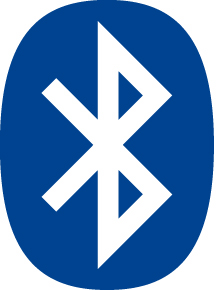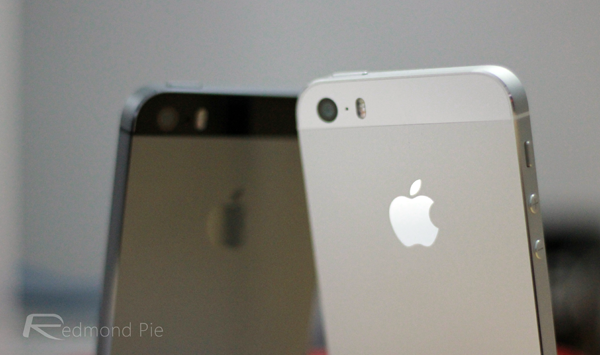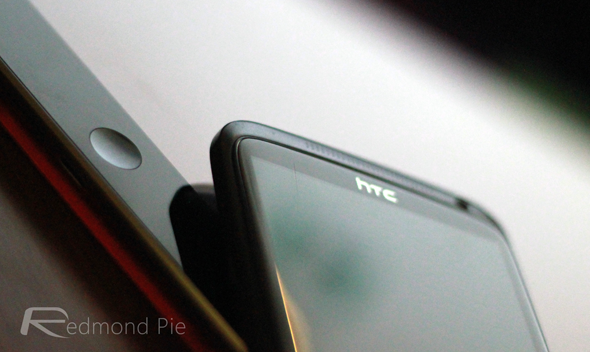Bluetooth, it is fair to say, isn’t too heavily lauded at consumer level. In fact, I’d hazard that many presume Bluetooth as a piece of technology that has remained the same since it first made its way to market – allowing us to wirelessly connect two, or multiple devices and or accessories to one another and beam content around at will. The fact is, Bluetooth is being improved and upgraded at arguably a faster rate than anything else, and with BLE (Bluetooth Low Energy) having offered better performance while sparing battery life with Bluetooth 4.0, the Bluetooth SIG (Special Interest Group) announced the forthcoming Bluetooth 4.1 standard, as well as some of the changes therein.
Naturally, the jump from 4.0 to 4.1 implies that the improvements and enhancements are largely rudimentary, and this does indeed appear to be the case for the most part. With that said, there are a couple of very noteworthy changes in this latest revision, and once again, the mobile device market will be the main beneficiary.

With the widespread use of LTE radios now commonplace thanks to the rise in adoption rates of 4G-enabled smartphones and services, the Bluetooth Special Interest group has strived to ensure that both Bluetooth and LTE radios can work alongside each other in a harmonious fashion, without any mutually detrimental interference.

One of the most interesting new features of Bluetooth 4.1 is its ability to allow a device to function as a simultaneous hub and peripheral. This versatility could not only bring about a whole host of new products, but could also make those currently available a great deal more versatile.

The new Bluetooth specification is also said to make things a little easier for vendors and developers to control and use the technology to its full capacity. It’s often the case, particularly with regards to mobile devices, that good technology is not sufficiently arranged, and compatibility issues can then often result in certain elements of both hardware and software essentially going to waste. By allowing OEMS to control reconnection and disconnect thresholds, for example, Bluetooth 4.1 should prove more efficient standards before it, and our much-loved smartphones, tablets, and other such gadgets, will also improve as a result.
Hit the source link below for a full of improvement which the new standard brings.
(Source: Bluetooth)
You can follow us on Twitter, add us to your circle on Google+ or like our Facebook page to keep yourself updated on all the latest from Microsoft, Google, Apple and the Web.

